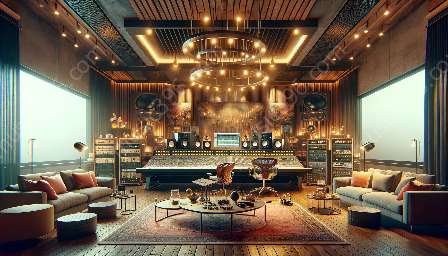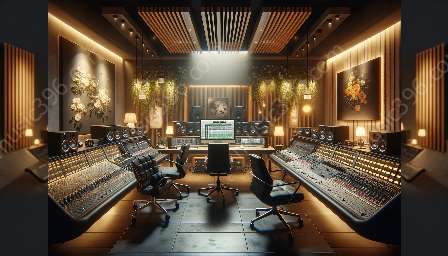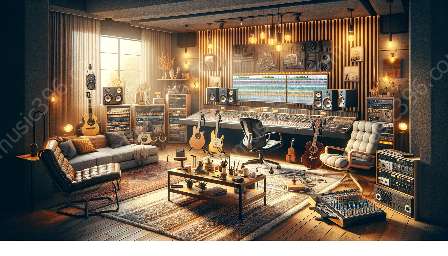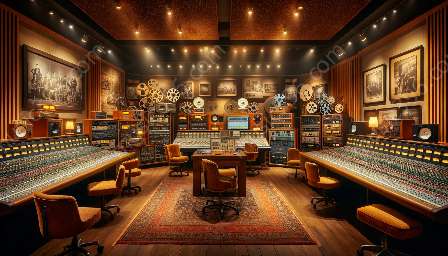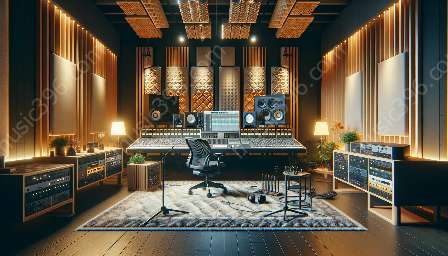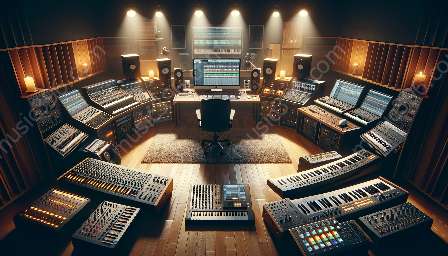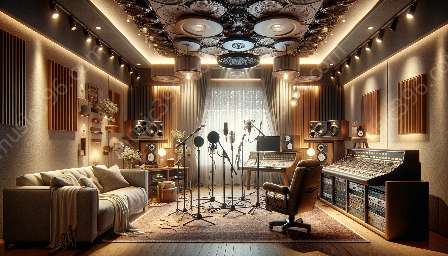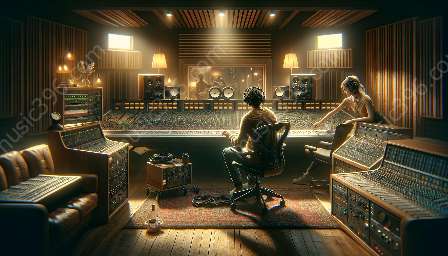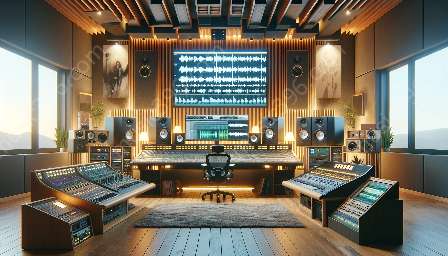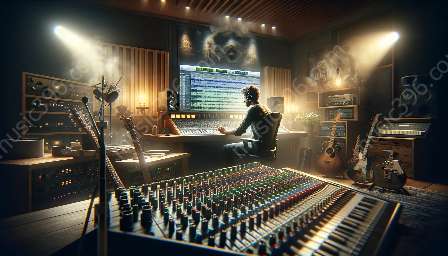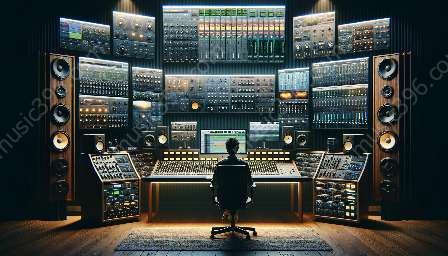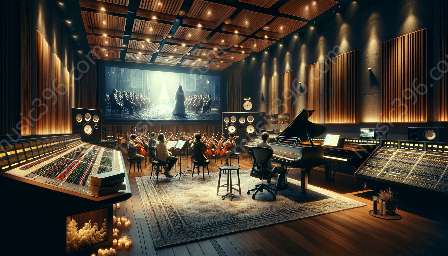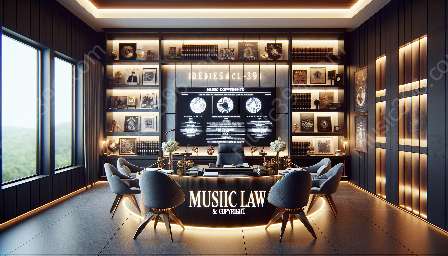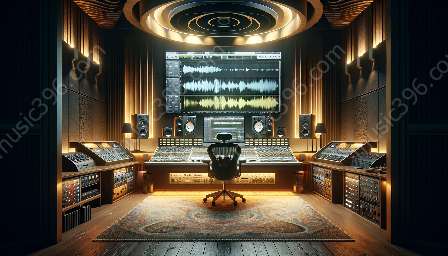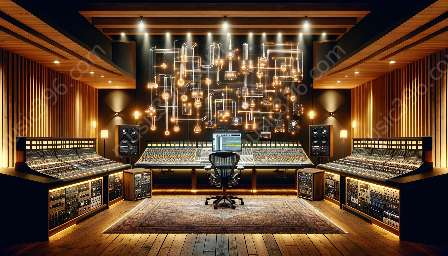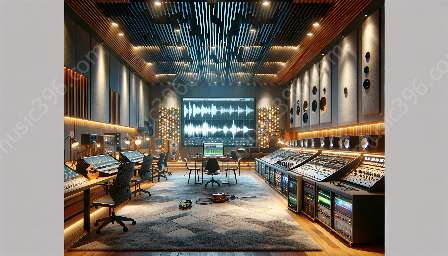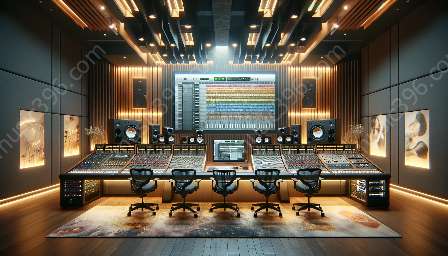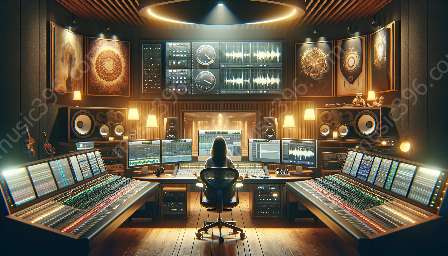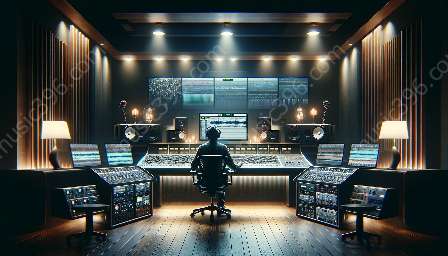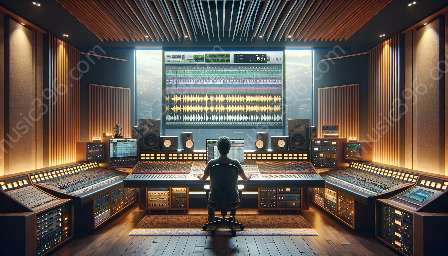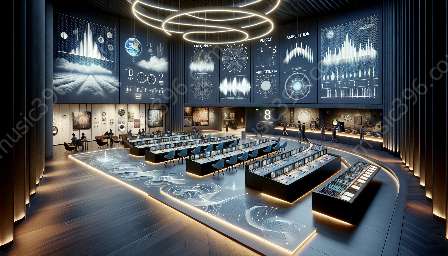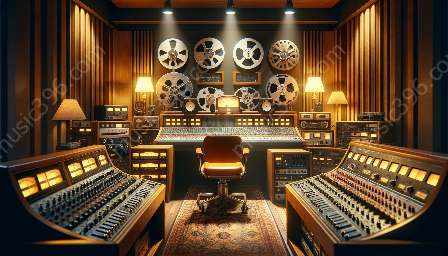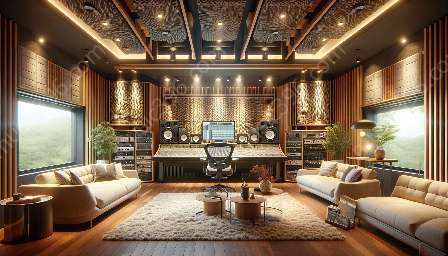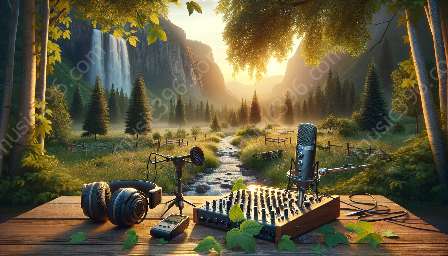Field recording in live performance and sound art has gained increased recognition for its unique ability to capture and convey real-world sonic environments. From ambient sounds in nature to the urban landscape, field recording offers a plethora of opportunities for immersive experiences and creative expression.
Understanding Field Recording
Field recording involves capturing environmental sounds using specialized recording equipment. The recorded sounds are then used to create audio compositions, enhance music recordings, or serve as standalone sonic art pieces. This practice allows artists and musicians to incorporate real-world sounds into their creative works, adding an element of authenticity and connection to the environment.
Compatibility with Ambient and Music Recording
Ambient music and field recording share a common thread in their focus on creating immersive sonic experiences. Field recordings of natural landscapes, such as forests, oceans, and wildlife, often serve as the basis for ambient compositions, adding depth and realism to the music.
Similarly, in the realm of music recording, field recordings can be used to augment traditional studio recordings by infusing them with unique sounds and textures. This can create a more organic, multi-dimensional sonic experience for the listener.
Enhancing Live Performance
When integrated into live performances, field recordings can transport audiences to distant places or evoke specific moods and emotions. By blending live instrumentation with pre-recorded field recordings, musicians can create a dynamic and immersive sonic landscape that engages the audience on a deeper level.
Exploring Sound Art Projects
Field recording plays a pivotal role in sound art, where the focus is on conceptual, experimental, and immersive sonic experiences. Artists use field recordings to construct audio installations, soundscapes, and site-specific works that engage with the environment and the listener's perception of space and sound.
Immersive Experiences and Creative Expression
Field recording opens up endless possibilities for immersive experiences and creative expression. Artists and sound designers can harness the power of recorded environmental sounds to craft compelling narratives, evoke emotions, and build auditory worlds that transcend traditional musical boundaries.
Utilizing Field Recording Techniques
Various techniques are employed in the art of field recording, including binaural recording using specialized microphones that mimic human hearing, multi-channel recordings to capture a 360-degree sonic environment, and naturalistic recording to capture raw and unprocessed sounds.
Conclusion
Field recording in live performance and sound art offers a gateway to a realm of diverse sonic possibilities. Its compatibility with ambient and music recording opens up new avenues for creating immersive and evocative experiences. The integration of field recordings into live performances and sound art projects enhances the depth and richness of the sonic landscape, fostering a deeper connection between the audience, the environment, and the creator.

